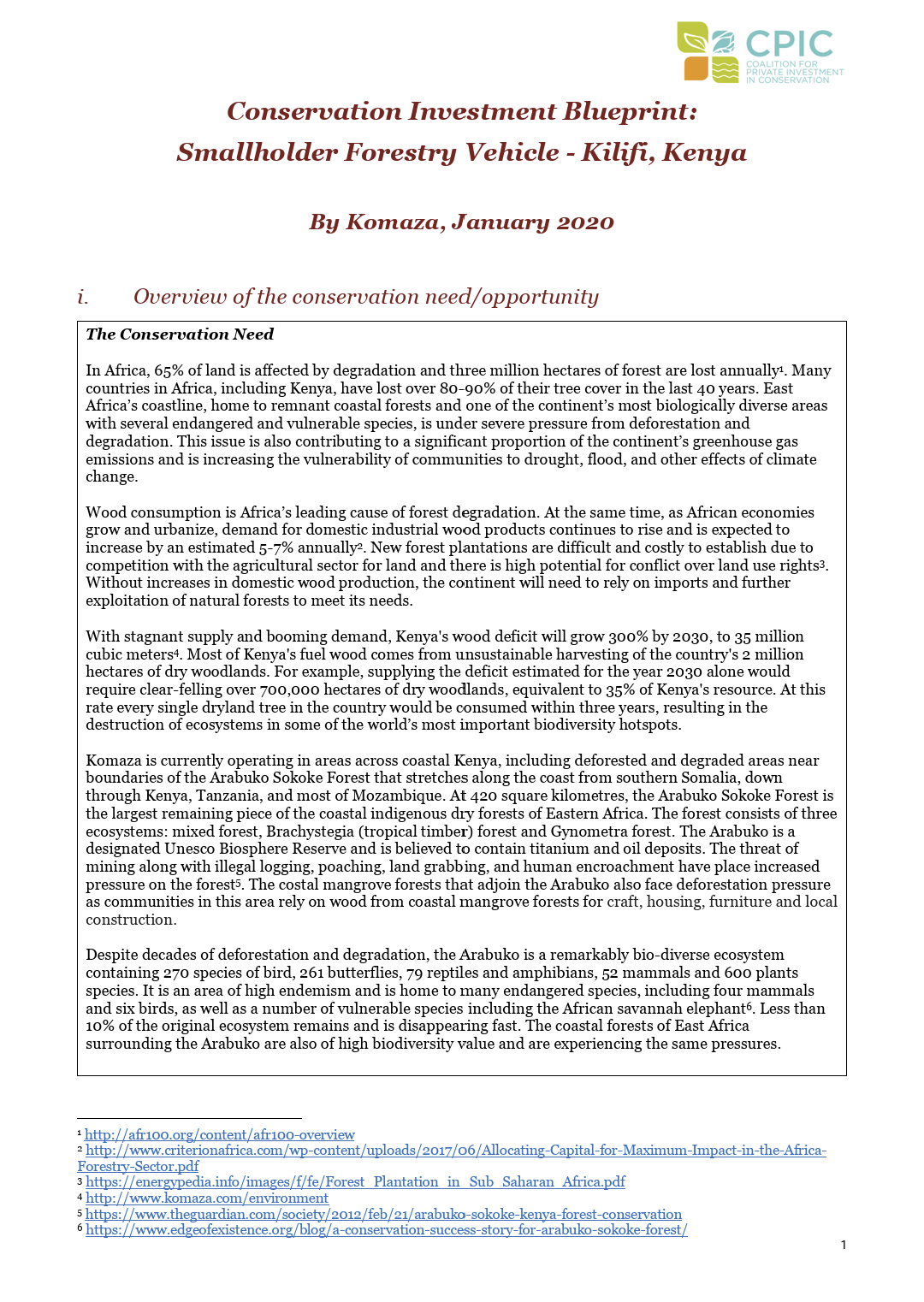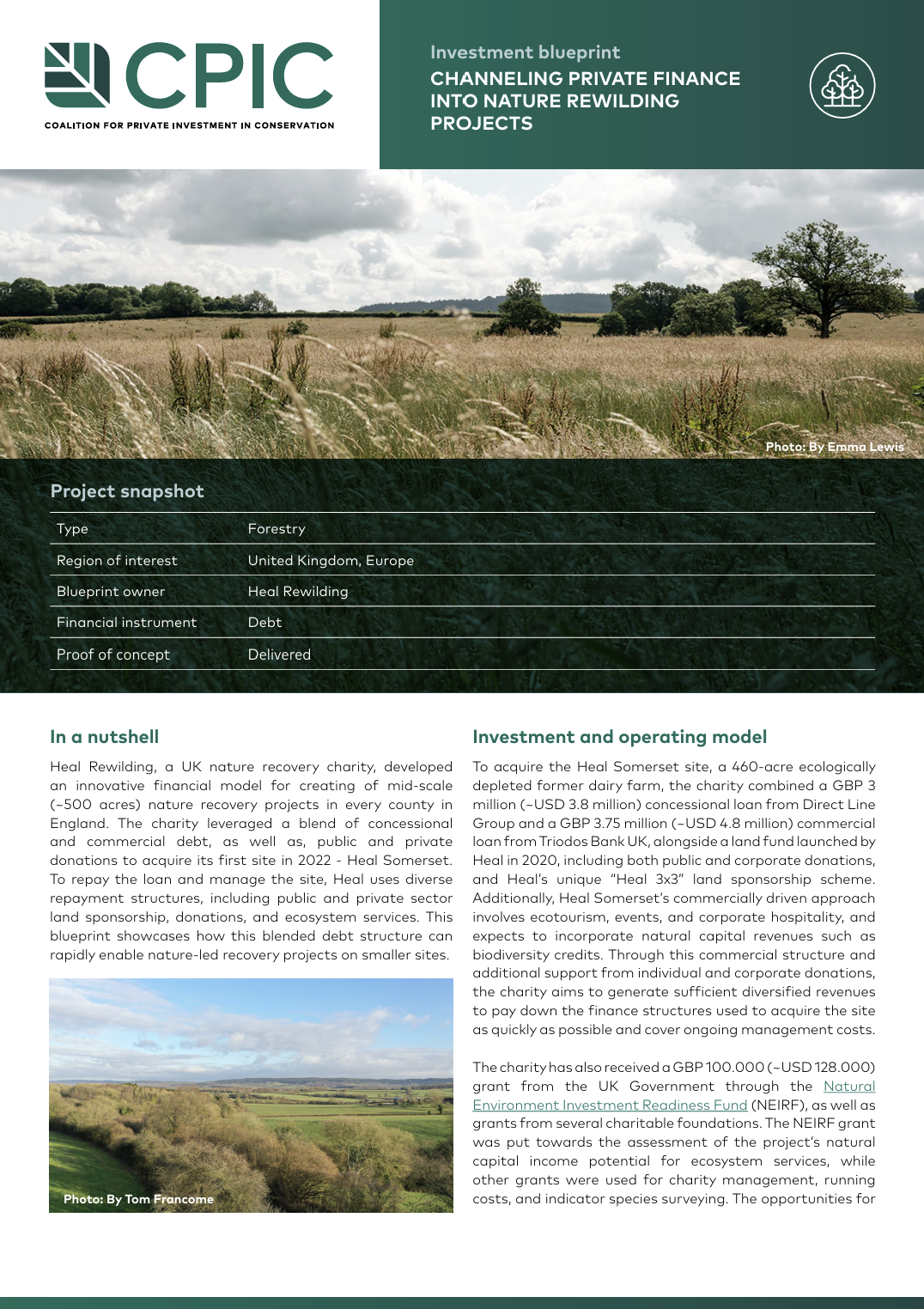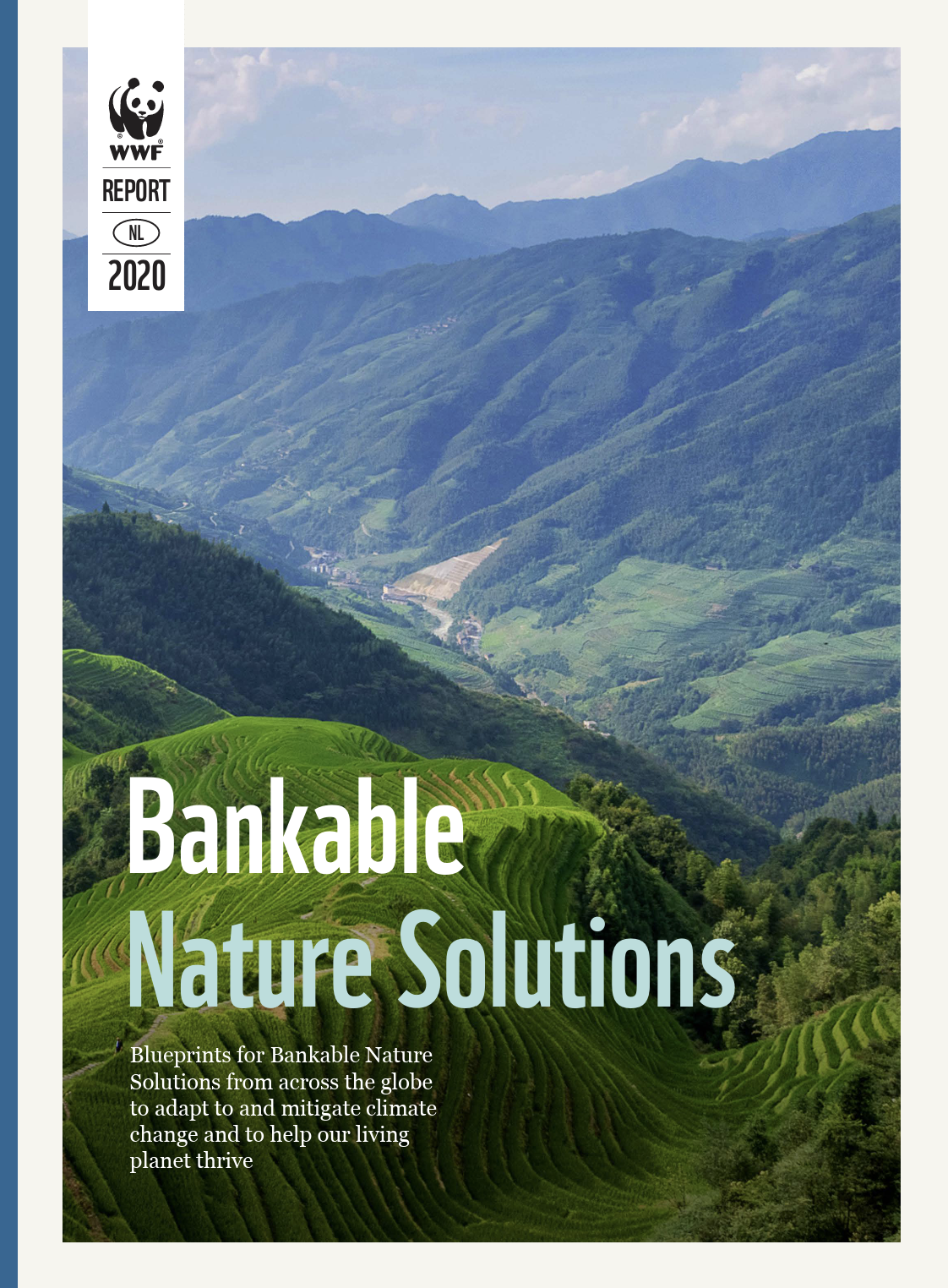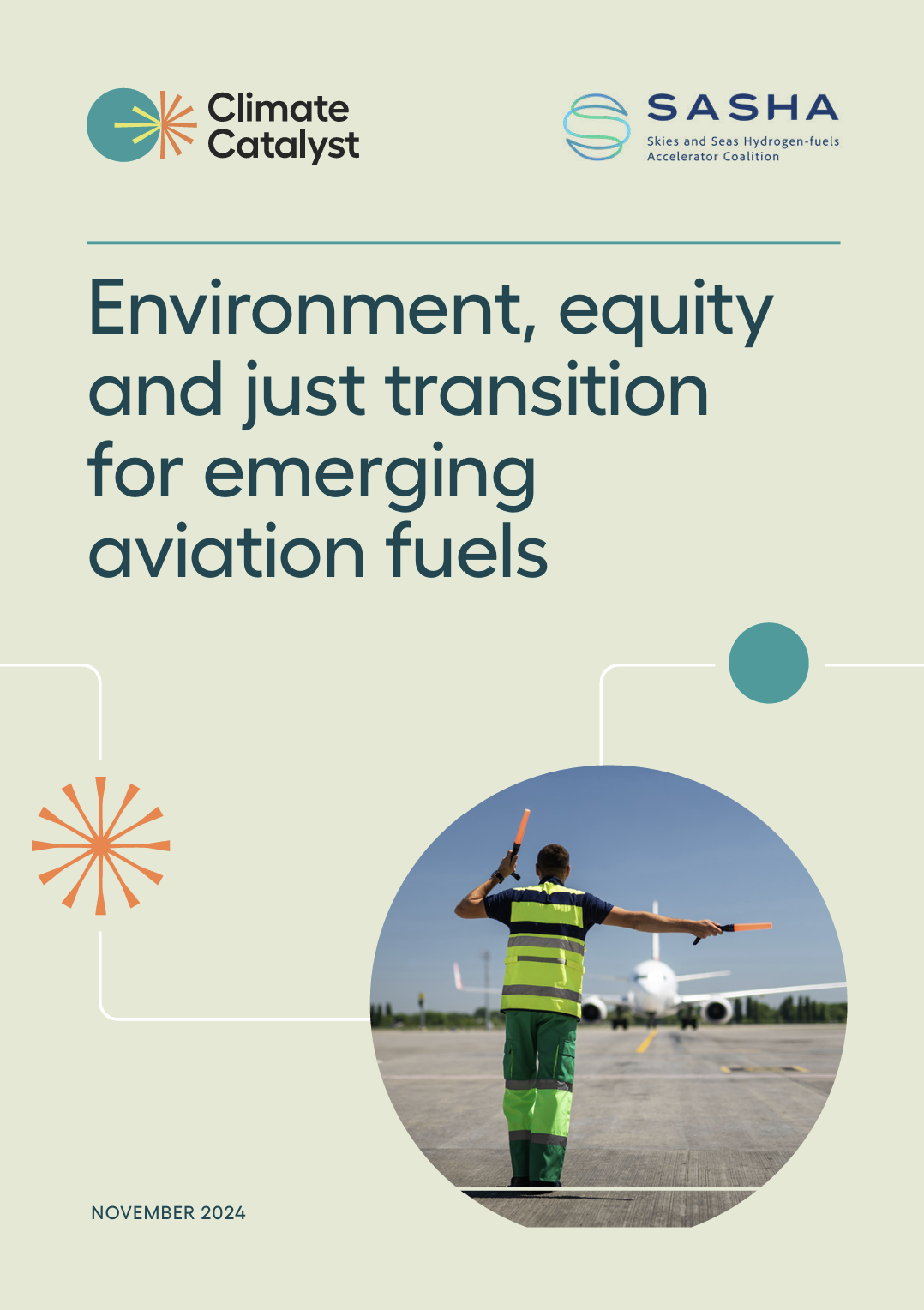Library | SASB Sustainability Sector
Renewable Resources & Alternative Energy
Refine
252 results
REFINE
SHOW: 16


Conservation investment blueprint: Smallholder forestry vehicle - Kilifi, Kenya
This blueprint provides investors with a framework for supporting community forestry projects. It emphasises the role of community engagement in sustainable forest management, offering strategies to achieve both financial returns and conservation outcomes.
Investment blueprint: Channeling private finance into nature rewilding projects
This case study offers investors a blueprint for developing smallholder forestry projects. It highlights successful investment strategies that support sustainable forestry practices among smallholder farmers, promoting economic development and environmental conservation.
Australian Impact Investments (Aii)
Australian Impact Investments (Aii) is a specialist asset consulting firm dedicated to mobilising capital for positive social and environmental impact alongside financial returns. Established in 2014, Aii collaborates with charitable trusts, foundations, family offices, wealth advisors, and institutions, offering bespoke impact strategies, rigorous investment analysis, and comprehensive portfolio management. With a focus on responsible investing, Aii assists clients at every stage of their impact journey.
Bankable nature solutions
This report aims to support readers in understanding Bankable Nature Solutions (BNS) and start identifying and developing their own BNS project by providing Blueprints for Bankable Nature Solutions from across the globe to adapt to and mitigate climate change and to help our living planet thrive.
Environment, equity and just transition for emerging aviation fuels
The report analyses the environmental, equity, and just transition challenges of emerging aviation fuels. It highlights the sector’s carbon footprint, workforce impacts, and policy needs, advocating for transparent regulations, equitable resource distribution, and community engagement to ensure a sustainable and fair transition to low-emission aviation.
Green Climate Fund (GCF)
Green Climate Fund (GCF) is a global fund established by the United Nations Framework Convention on Climate Change (UNFCCC) to support developing countries in tackling climate change. It provides financing for mitigation and adaptation projects, focusing on low-emission, climate-resilient development. Funded by governments, GCF plays a key role in international climate finance.
Building disaster- and climate-resilient infrastructure through public–private partnerships
The report discusses leveraging public–private partnerships (PPPs) to build disaster- and climate-resilient infrastructure in Southeast Asia, addressing funding gaps, enhancing regulatory frameworks, and integrating resilience measures. It highlights Australian practices, aligning climate, disaster, and inclusion goals for sustainable infrastructure development.
Decarbonisation investment solutions for sectors: A discussion paper on Sector Transition Plans and their importance to investors
The report from the Investor Group on Climate Change (IGCC) discusses the development and importance of sector transition pathways to support Australia’s decarbonisation. It highlights how clear pathways aligned with the Paris Agreement can guide investment, minimise risks, and foster collaboration among investors, governments, and companies to achieve net-zero emissions by 2050.
CDSB framework: Application guidance for biodiversity-related disclosures
The CDSB Framework application guidance for biodiversity-related disclosures (the Biodiversity Application Guidance) has been produced by CDSB to assist companies in the disclosure of the material information about the risks and opportunities that biodiversity presents to an organisation’s strategy, financial performance and condition within the mainstream report (biodiversity-related financial disclosure). It is designed to supplement the CDSB Framework for reporting environmental and climate change information to investors (CDSB Framework).
Natural climate solutions for the voluntary carbon market: An investor guide for companies and financial institutions
This guide provides insights and practical advice for investing in Natural Climate Solutions (NCS) projects within the voluntary carbon market. It emphasises the role of NCS in addressing climate change and biodiversity loss by attracting private funding to high-quality, impactful projects.
Climate & nature sovereign index: Introducing a framework for a clear assessment of environmental risk
The Climate and Nature Sovereign Index (CNSI) is a framework assessing climate and nature-related risks at a country level. It utilises real-time and forward-looking indicators to help sovereign debt investors evaluate environmental risks and engage with countries on sustainable policies, aiming to integrate environmental considerations into sovereign debt investing for better long-term outcomes.
Guidance on the identification and assessment of nature related issues: The LEAP approach
This document provides corporates and financial institutions with guidance on identifying and assessing nature-related issues using the TNFD proposed LEAP approach.
Sector guidance: Additional guidance for financial institutions
This document provides proposed additional guidance for financial institutions on the TNFD’s recommended disclosures.
IFC performance standard 6: Biodiversity conservation and sustainable management of living natural resources
The IFC Performance Standard 6 outlines guidelines for conserving biodiversity and managing living natural resources. It aims to protect and sustain biodiversity, ensure the sustainable management of natural resources, and promote the maintenance of ecosystem services. By implementing these standards, projects can minimise environmental impacts, contribute to conservation efforts, and support sustainable livelihoods, enhancing overall project sustainability and resilience.
Unlocking the biodiversity-climate nexus - A practitioner's guide for financial institutions
This investor guide presents three steps that financial institutions can follow to use existing tools and datasets to screen investments for exposure to nature-related risks, taking into consideration the climate-nature nexus. The guide was written by financial institutions for financial institutions.
The climate-nature nexus: An investor guide to expanding from climate to nature-data
This guide helps investors identify opportunities at the climate-nature nexus, emphasising integrated approaches to reduce risks and enhance returns. It provides tools, case studies, and frameworks to align portfolios with climate and biodiversity goals, fostering sustainable and resilient investments.















